I recently visited Tewkesbury with my husband, Bryan, to celebrate our 49th wedding anniversary. Apart from visiting family, it was our first trip away from home for well over a year, owing to the Covid pandemic. We were lucky in that the weather was fine and sunny for our entire visit. I had not been to Tewksbury before and I was not disappointed. It is an ancient and interesting town, sited at the meeting of the rivers Severn and Avon. The surrounding rivers and flood plain have prevented the old town from expanding and so it has changed little since the Middle Ages.
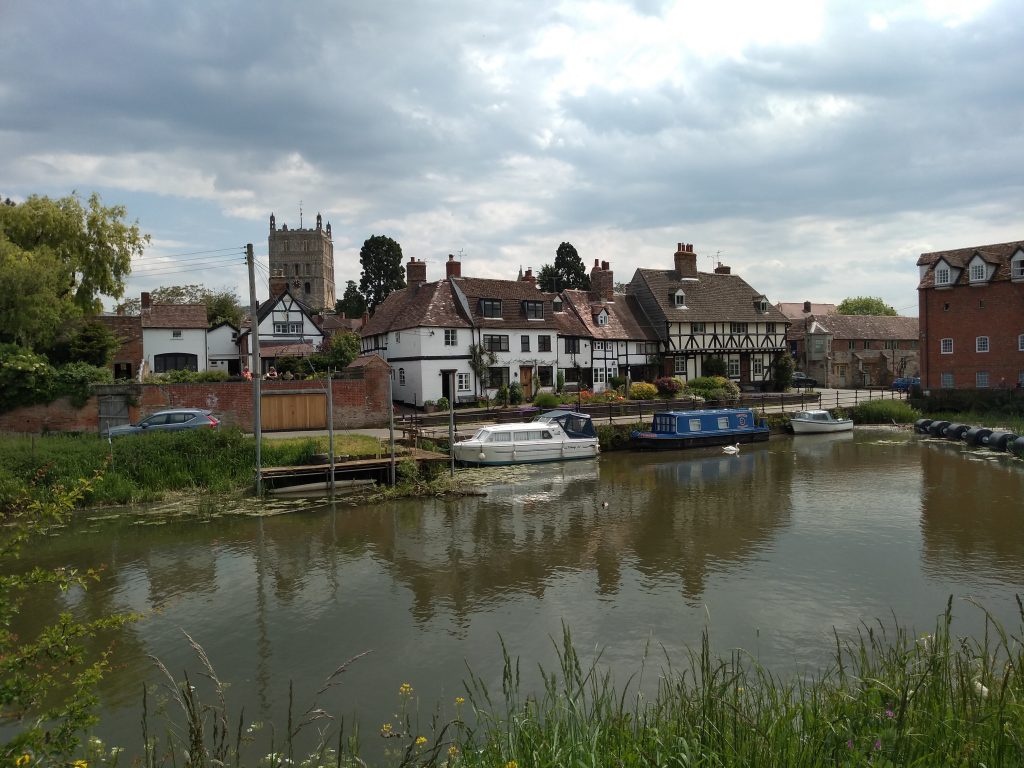
On our first afternoon we explored the Severn Ham. Around a thousand years ago the Ham became an island when the Mill Avon (a man made channel) was dug by the Abbey monks. It is now a flat area which acts as a flood plain between the two rivers and offers a circular walk with great views of the Abbey. The name derives from the Saxon word ‘ham’ or ‘hamm’ meaning meadow in the bend of a river, water meadow, or flood plain.
The town itself offers many medieval black and white half timbered buildings, elaborately carved doorways and charming narrow alleyways, where the eaves of the crooked buildings nearly touch. The alleyways date back to the end of the 17th century, apparently due to increased pressure for housing and restricted land supply (no change there then). The alleyways were built at right angles to the streets as the original plots were very narrow.
The alleyways acted as drains and rubbish dumps and were the only source of light and air for many households. These unhealthy living conditions reached a peak in the 19th century when cholera and diphtheria were rife. This was nothing new for the town for there were many deaths from the Great Plague in the 14th century and apparently Tewkesbury was known as the dirtiest town in England. Originally there were around 90 alleyways in the town, but nowadays only 30 remain. Many are named after the families who once lived in the properties. We visited the Tourist Information Office to decide what to do on our visit and they provided us with a leaflet showing some of the alleyways. On a nice light summer evening after our meal we decided to explore them. Here are some of the alleys and what we thought were the most interesting buildings.
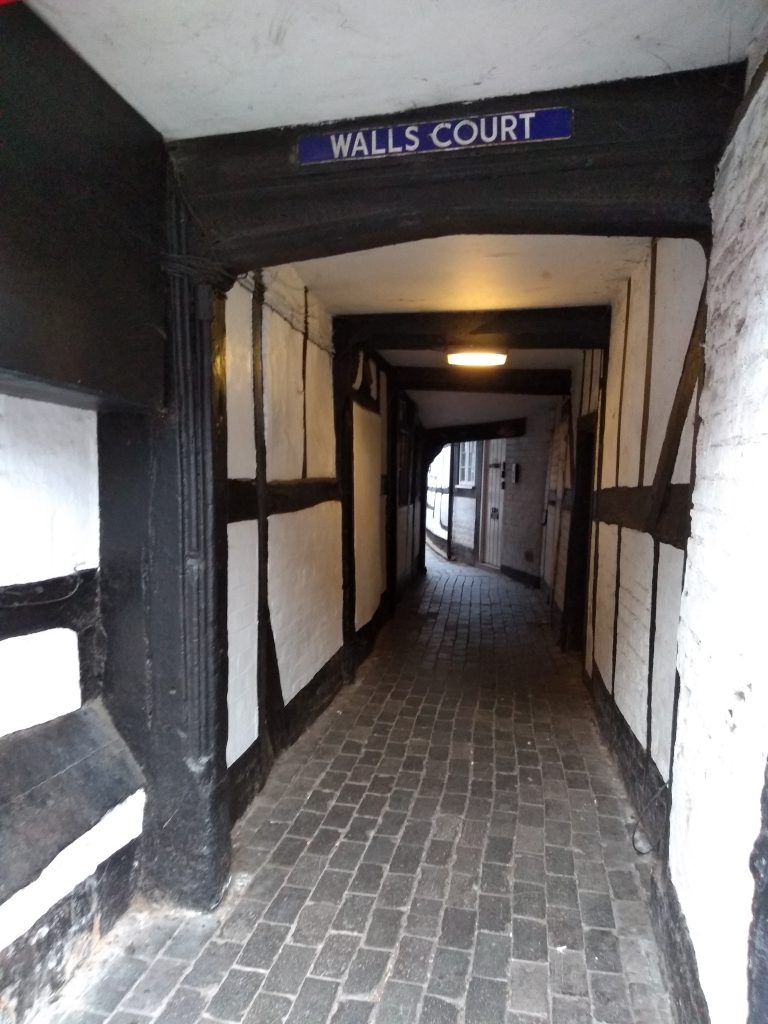
Walls Court; there is some lovely Tudor carving in the arch above the entrance.
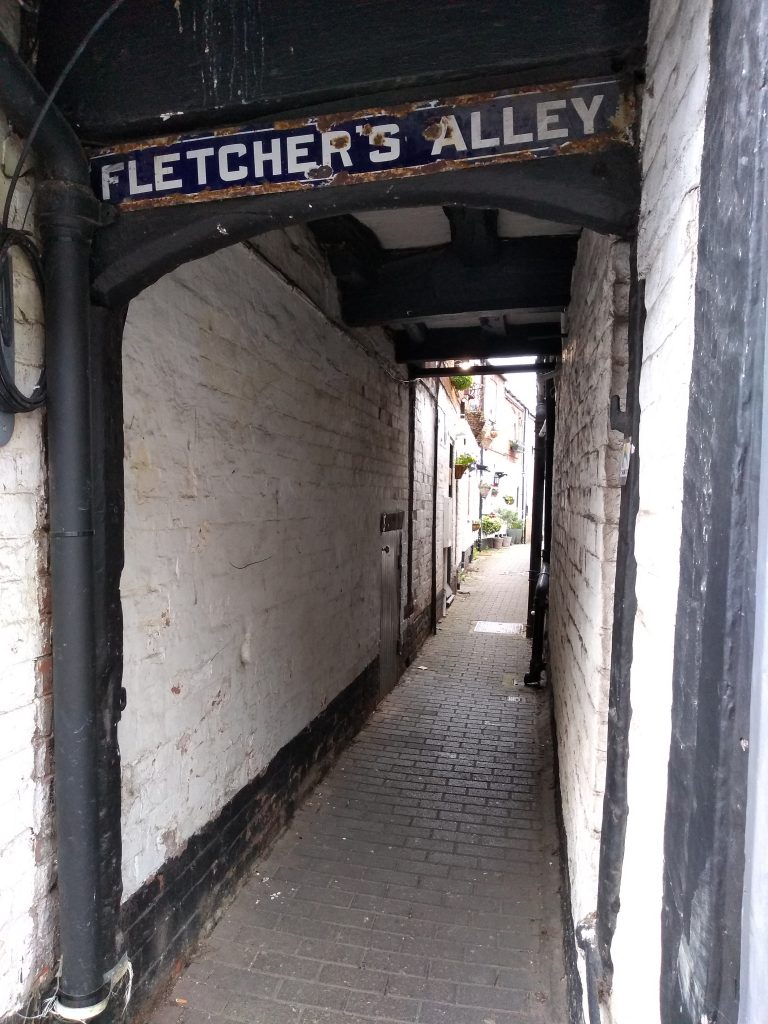
This is Fletcher’s Alley. There is a plaque with a picture of a cat saying that Mr Fletcher was a sheet metal worker.
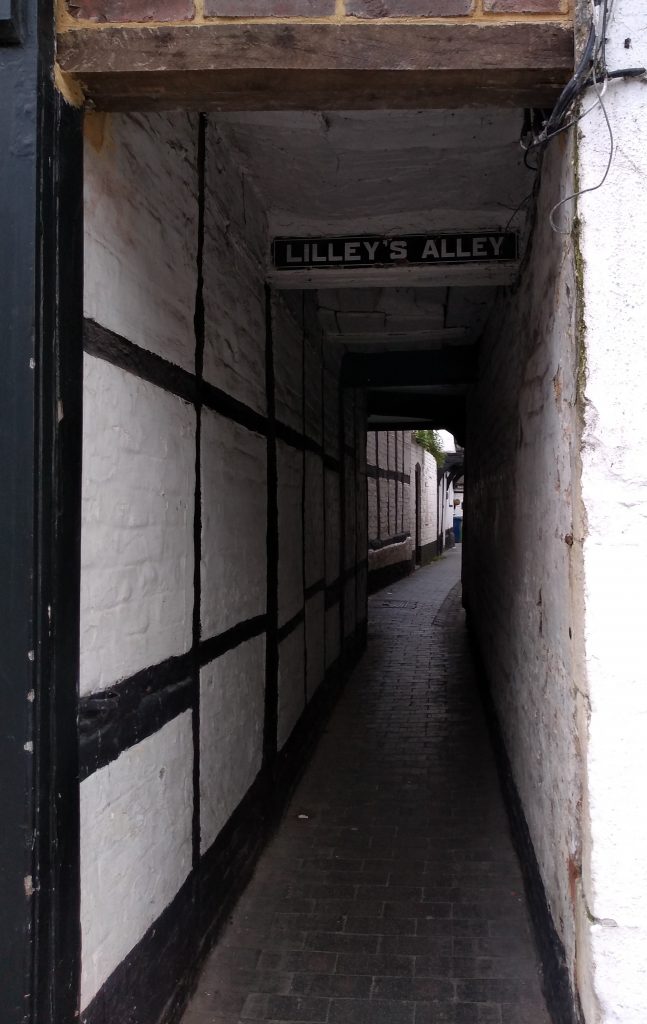
This is Lillies Alley which contains some fine examples of half-timbered buildings.

This building is called “Out of the Hat” and is now home to the Tourist Information Office. Outside you can see the Beadles hat, an example of an early 19th century trade sign, used in the times when most people were unable to read. If you look closely at the door of 100 Church Street, you can see the initials BKR and the date 1664 which refers to Bartholomew and Katherine Read.
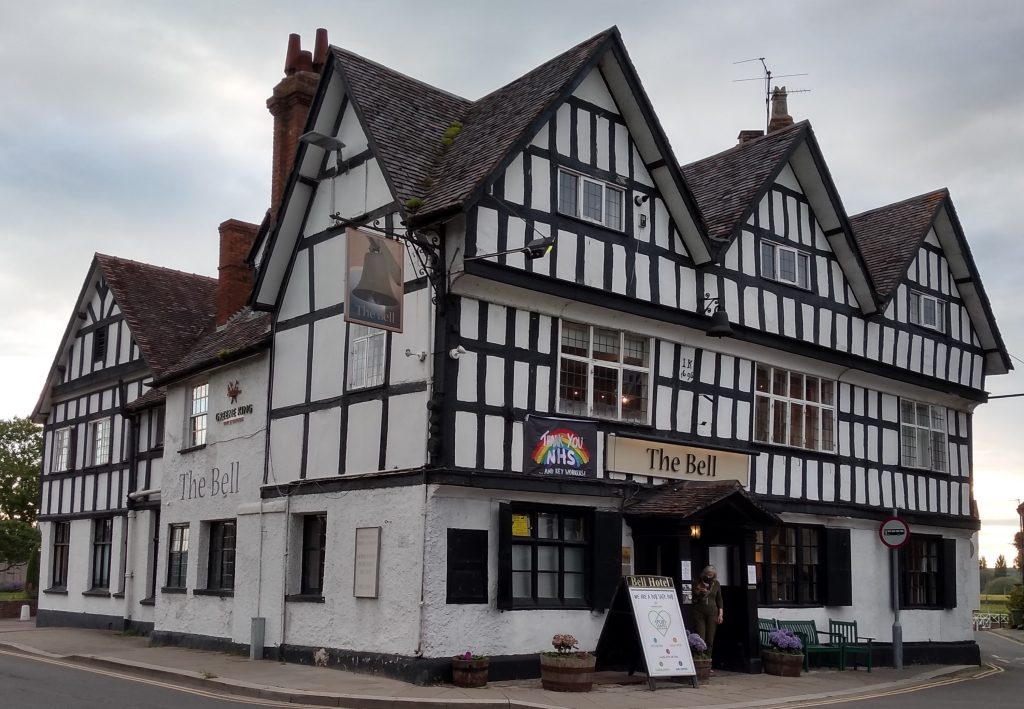
This is The Bell Hotel which was built around 1696. It is thought to stand on the site of a monastic hostelry within the grounds of the Abbey.
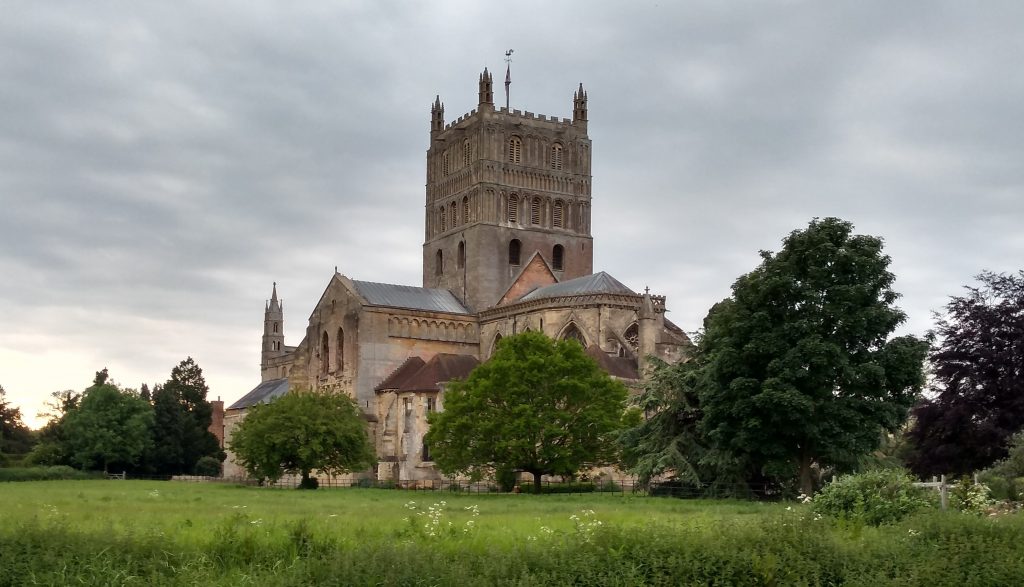
Tewkesbury Abbey was founded in 1087 and consecrated in 1121. Inside are massive Norman pillars and the tower is said to be one of the finest in the world. The Abbey has many tombs of medieval barons, some of whom were great benefactors of the Abbey. During the dissolution of the monasteries, the town’s people purchased the Abbey from Henry VIII for the sum of £453, the value of the lead on its roof and the metal of the bells.
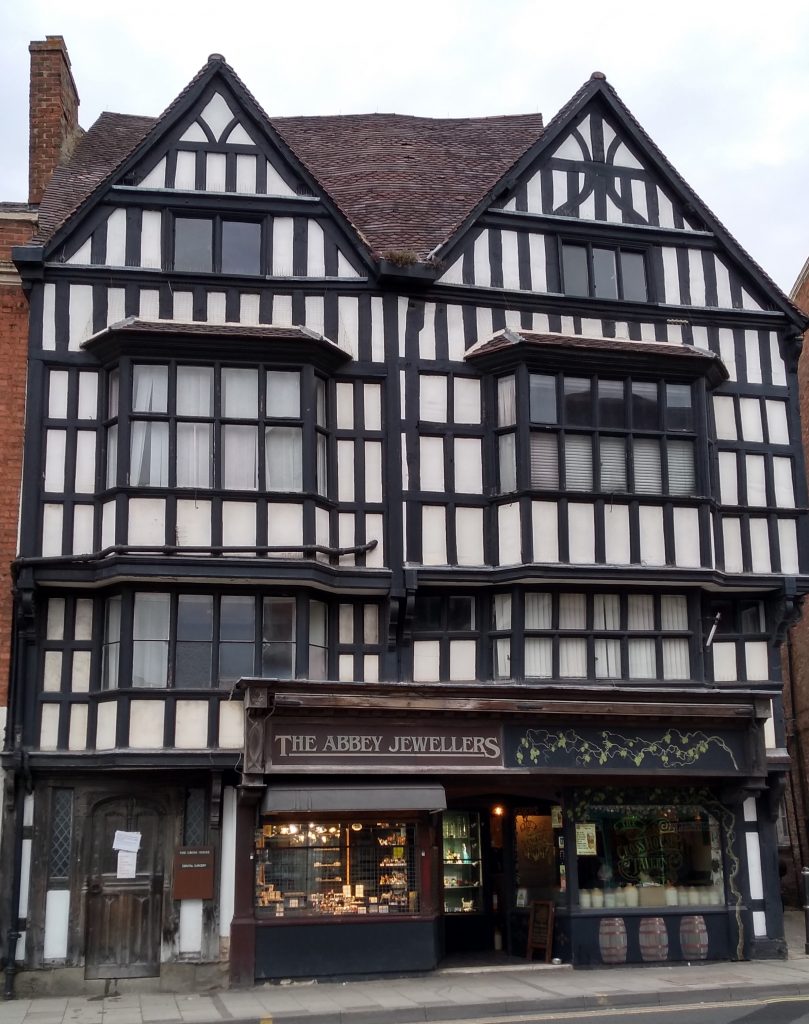
This is “The Cross House”. It was a merchant’s house, thought to stand on the site of the medieval Court House of The Lords of Tewkesbury. It has a magnificent hall, Elizabethan panelled rooms and a fine staircase. It seems such a shame that it now houses a jewellers shop, but at least the rest of it is intact.
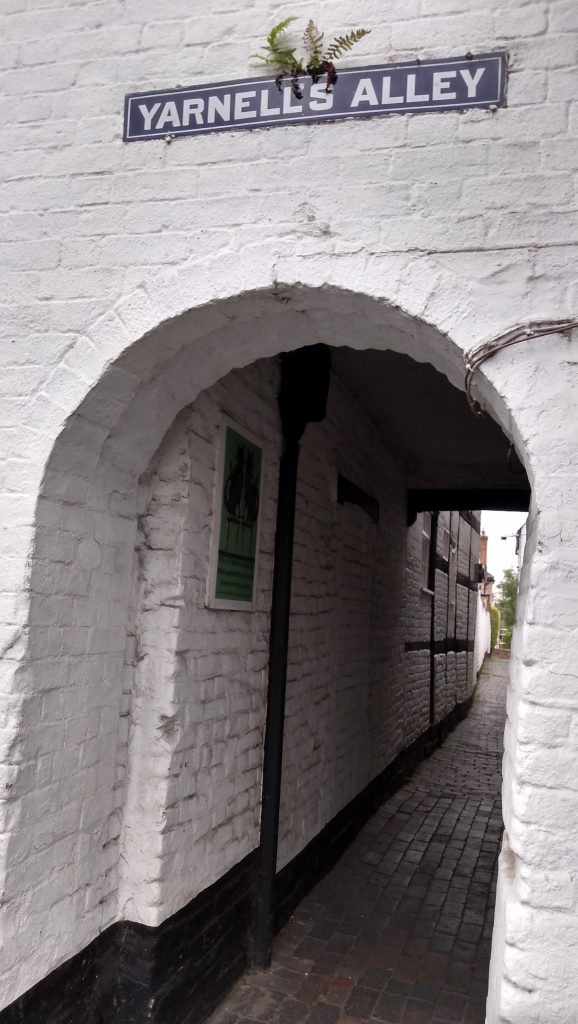
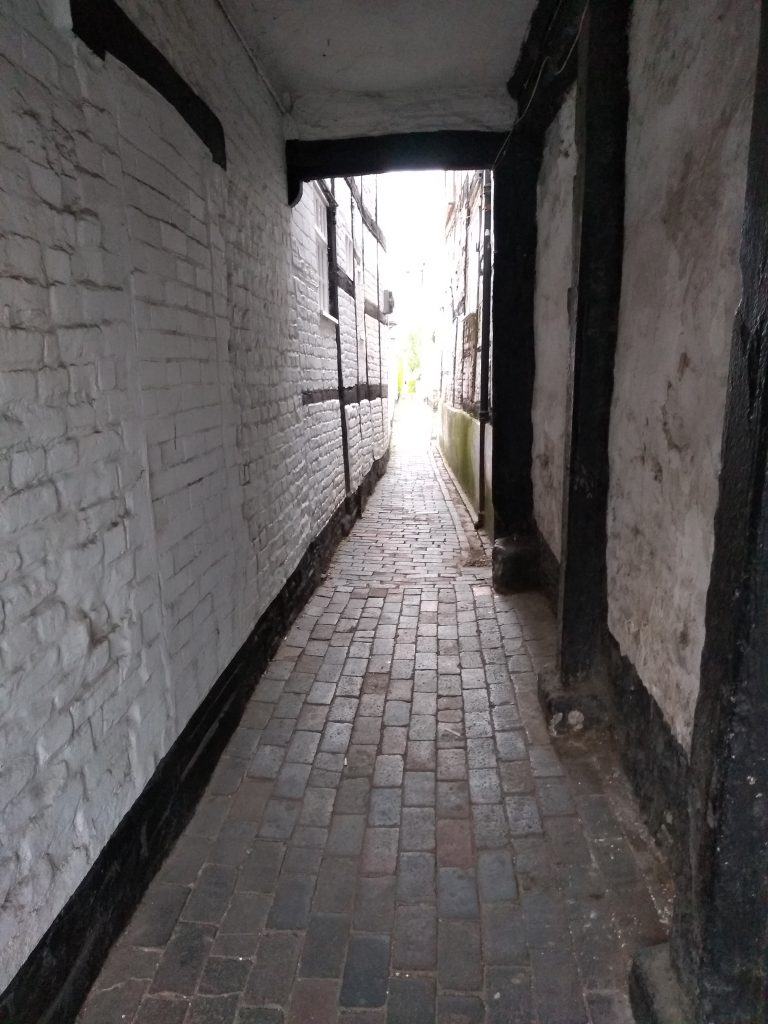
This is Yarnells Alley. The plaque says that William and Richard Yarnells made chairs.
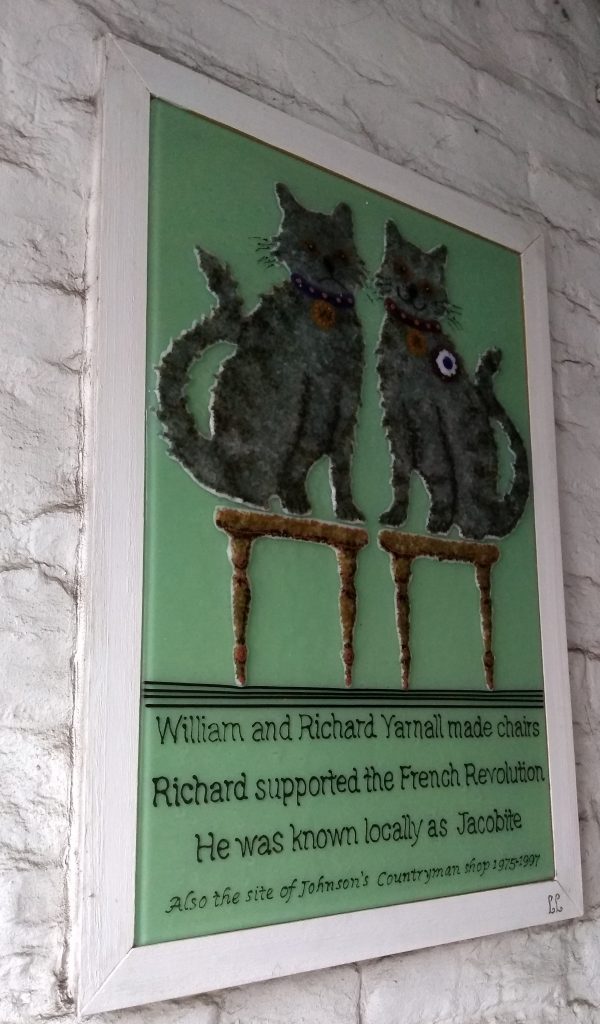
Richard supported the French Revolution and he was known locally as Jacobite.
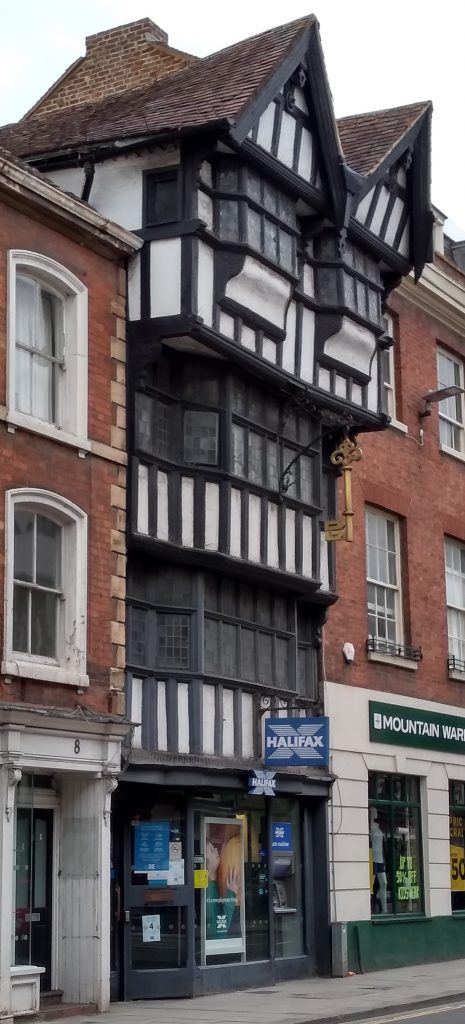
This is “The House of the Nodding Gables” and they really do look as if they are leaning outwards. The “nodding gables”, apparently caused by the broken ridge piece of the top storey, give the building its top-heavy appearance. It used to be the ticket office for travellers on stage coaches. It was also an ironmongers at one time and was known as the “House of the Golden Key”, which you can still see hanging outside.
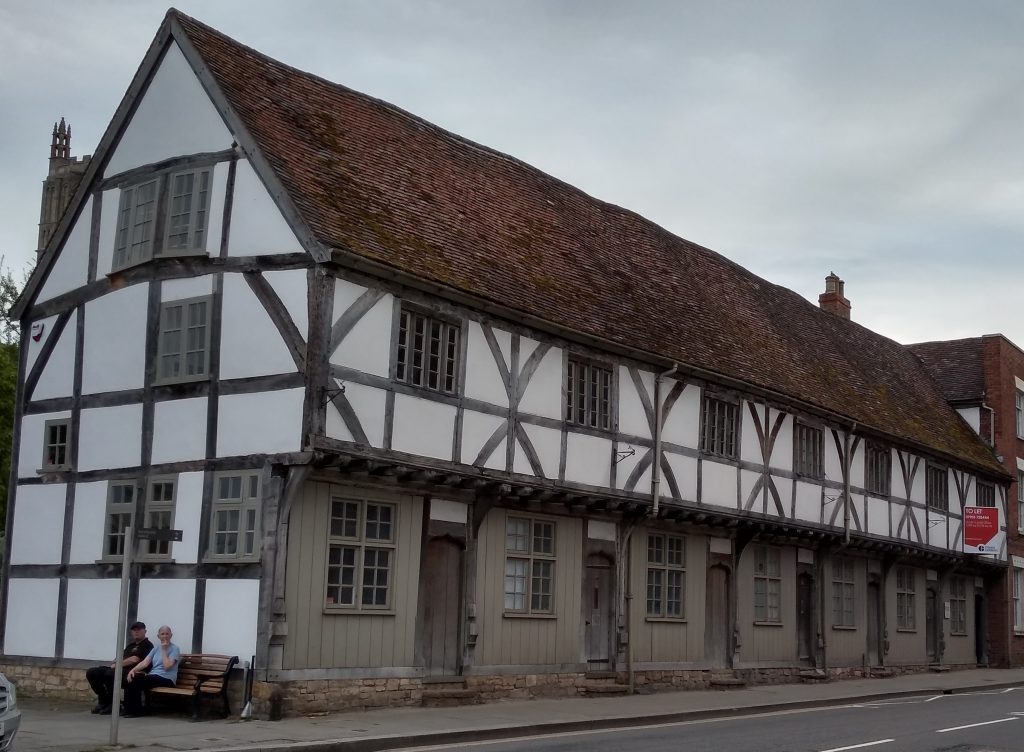
These are the Abbey Lawn Cottages. The row was built in the late 15th century for the Benedictine Monastery as a commercial venture and consisted of shops which were opened to the street by lowering their shutters to act as counters. The John Moore Museum is housed there. John Moore was a local author of books on the area.
I hope you enjoyed this short tour of Tewksbury. It is a town well worth a visit and a good base for other Cotswolds beauty spots.
0 Comments